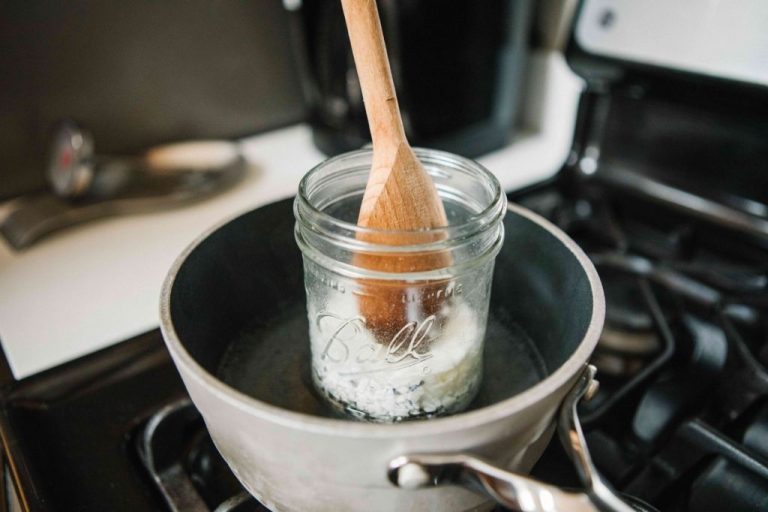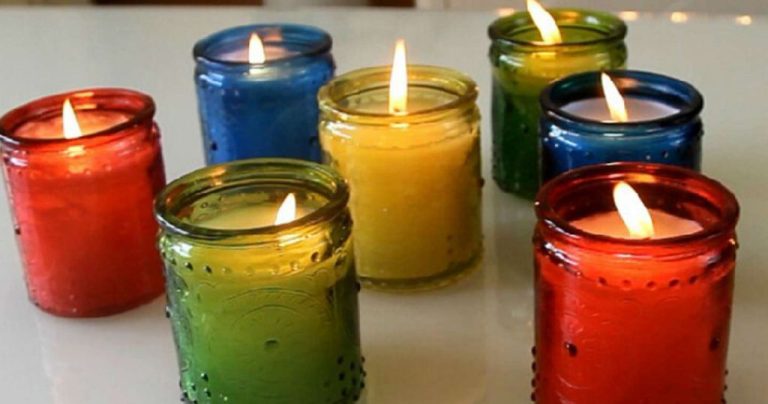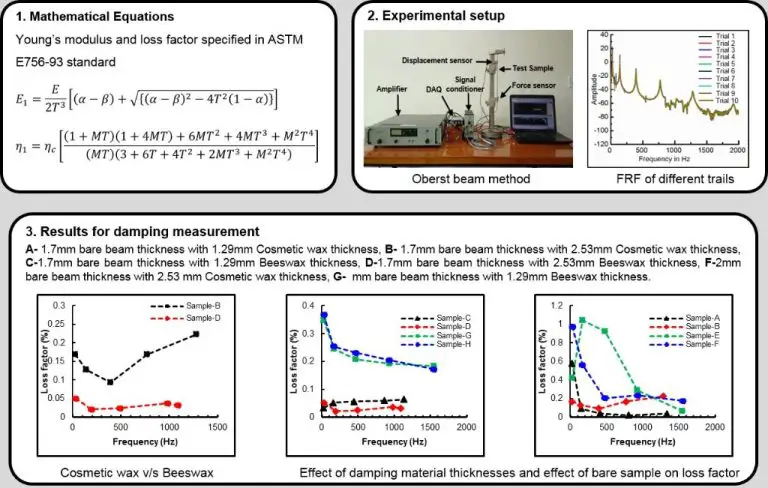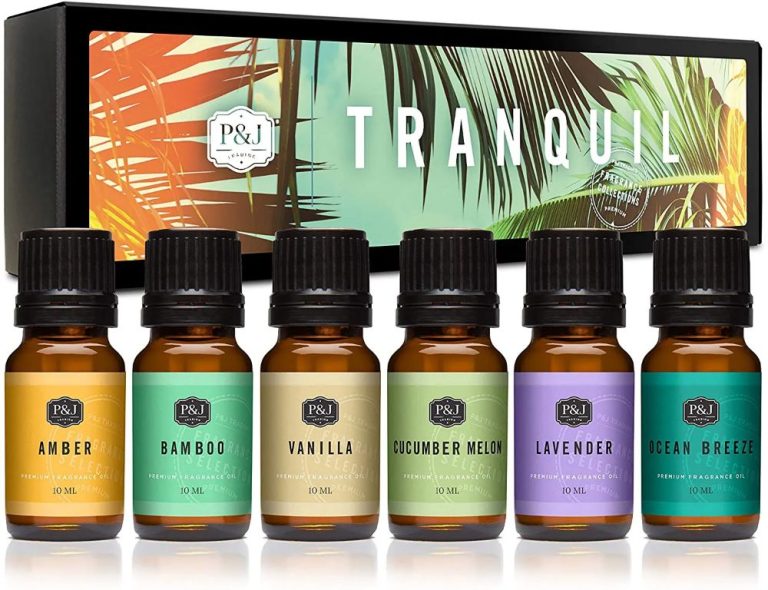How Much Fragrance Do You Need For Candlescience?
Introducing CandleScience Fragrances
CandleScience is a leading supplier of high-quality candle making supplies, including an extensive selection of fragrance oils and essential oils. Based in North Carolina, CandleScience aims to provide candle makers with all the raw materials needed to create professional, safe, and luxurious candles.
CandleScience offers over 250 fragrance oils designed specifically for candle making. Their fragrances are formulated to have excellent scent throw and burn characteristics when used in candles. They use high concentrations of fragrance, typically between 5-15%, to produce strong scented candles. The fragrances have all been tested for safety and compliance with IFRA regulations.
CandleScience fragrances stand out for their purity, strength, and complexity. They use high-grade phthalate-free fragrance oils blended from natural and synthetic aromachemicals. The fragrances are true to life and mimic authentic scents like fruits, flowers, baked goods, and more. Customers praise the oils for their nuanced, layered scents with top, middle, and base notes.
In addition to fragrance oils, CandleScience offers essential oils that have been carefully evaluated for use in candle making. Their essential oils provide a pure, botanical scent perfect for crafting all-natural candles. They also sell candle dye blocks, jars, wicks, and all the essential candle making supplies at wholesale prices.
How Fragrance Oils Work
Fragrance oils release scent when heated through a process called volatility. As the candle wax or oil is warmed, the fragrance oil molecules transform from a liquid to a gas, allowing the aroma to be detected by our noses (source: https://www.candlescience.com/learning/whats-in-fragrance-oil/).
Fragrance oils differ from essential oils in that they are synthetic blends created in a lab, while essential oils are extracted directly from plants. Fragrance oils allow for more complex scents by combining natural and synthetic ingredients (source: https://www.candlescience.com/learning/whats-in-fragrance-oil/).
Candle makers use fragrance oils rather than essential oils because fragrance oils offer better scent throw and stability when heated. They also allow for more customizable and complex aromas compared to what’s available from essential oils alone (source: https://www.candlescience.com/learning/whats-in-fragrance-oil/).
Recommended Usage Rates
The amount of fragrance oil you use in your candles, known as the “fragrance load”, is an important factor for getting the scent throw you desire. Most wax manufacturers recommend using fragrance oils at 6-12% of the total wax weight, which equates to about 1-2 oz of fragrance per pound of wax.
Increasing the fragrance load will make your candle more strongly scented when burning. However, using too much fragrance can actually have diminishing returns. Excessive fragrance may not interact properly with the wax and can lead to issues like fragrance “burn off” where the scent is strong at first but fades rapidly (source). The ideal amount provides evenly distributed scent without overpowering.
Additionally, some fragrance oils are more potent than others. Using more fragrance than needed wastes oil and can make the candle scent seem artificial. It’s best to start with recommended load rates and adjust based on testing rather than adding the maximum amount.
Fragrance Load for Containers
The ideal fragrance load for candles can vary based on the size and type of container. Smaller containers generally require a higher fragrance load percentage, while larger containers may only need a lower percentage for sufficient scent throw. Here are some general recommendations for fragrance loads based on container type and size:
Tins/Jars (up to 3.5 oz): Use a fragrance load of 8-12%. Smaller containers need a higher fragrance concentration.
Jars (4-16 oz): Aim for a fragrance load of 6-8%. Mid-sized jars still need a robust fragrance level.
Large Jars (over 16 oz): Use a fragrance load of 4-6%. Bigger jars can get away with slightly lower fragrance usage.
Pillars: Recommended fragrance load is 8-12%. Pillar candles often benefit from more fragrance due to their shape.
Votives/Tealights: Use 10-12% fragrance load. The small wax pool needs ample fragrance.
Factors like wax type, fragrance oil strength, and personal preference can all impact ideal fragrance load as well. Testing different fragrance loads with your setup is recommended to find the optimal amount. But these general container guidelines provide a helpful starting point.
Refer to this CandleScience article for more details on fragrance loads for different waxes and containers.
Fragrance Load for Waxes
The type of wax used in candle making has a significant impact on how much fragrance oil it can hold. Each wax has different properties that affect its ability to retain scent when burning. Knowing the recommended fragrance load percentages for specific waxes is important for achieving optimal hot throw.
For soy wax, a common natural wax, fragrance loads generally range from 6-10%. CandleScience recommends starting with a 6% fragrance load for soy candles, which equals about 1 oz of fragrance per pound of wax (CandleScience). Soy wax can hold moderate amounts of fragrance due to its natural properties.
Paraffin wax, a popular synthetic wax, can hold higher fragrance loads ranging from 10-12% due to its density and ability to retain scent. A 10% fragrance load is commonly used as a starting point for paraffin candles. The maximum fragrance load for paraffin is around 12% before performance issues can occur (CandleScience).
Palm wax, derived from palm oil, typically has fragrance load recommendations of 6-8% for containers and 8-12% for pillars and votives. The variability depends on the specific type and blend of palm wax used. Testing different fragrance load percentages is often needed to find the optimal amount.
Beeswax and other natural waxes usually require lower fragrance loads in the 3-6% range. Their porous, absorbent nature means less fragrance oil is needed to achieve sufficient scent throw. Going above 6% with these waxes can result in fragrance burn-off.
Always reference manufacturer recommendations for the specific wax being used. Adjusting the fragrance load up or down from the typical percentage ranges can help dial in the ideal hot throw for each candle formula.
Choosing Complimentary Fragrances
When creating your own signature candle scent, it’s important to mix fragrances correctly to achieve a balanced and harmonious blend. Choosing fragrances with complementary notes is key to a successful blend.
Fragrances contain top, middle and base notes. The top notes are the first aromas detected and tend to be light, fresh scents like citrus, herbs and florals. Middle or heart notes emerge after the top notes fade and often consist of spicier, warmer scents like cinnamon, clove and jasmine. Finally, base notes are the lasting fragrances remaining after the middle notes dissipate, usually deeper, muskier scents like vanilla, sandalwood and patchouli.
To make a well-rounded, multi-dimensional fragrance, combine fragrances with contrasting or complementary notes. For example, pair fresh top notes like lemon or bergamot with soft middle notes like lilac or rose and rich base notes like amber or vanilla. Herbal top notes also work nicely with woodsy base notes. Just be sure not to overdo individual notes or the blend can become unbalanced. Start with a smaller ratio of top to base notes and adjust until the scent suits your preferences.
Refer to a fragrance blending guide for recommended note combinations. With some trial and error, you’ll be creating signature candle scents in no time!
Storing Fragrances
Proper storage is important for preserving fragrance oils and maintaining their scent integrity over time. Fragrance oils should be stored in a cool, dark location away from light and heat sources. Ideal storage temperature is between 60-80°F. Storing fragrance oils in the refrigerator is not recommended as this can cause ingredients to separate. Prolonged refrigeration can also lead to frosting of the fragrance bottle.
Opaque containers like amber glass are ideal for blocking light exposure. Make sure bottles are tightly sealed to prevent fragrance evaporation. Only small amounts of fragrance should be decanted for immediate use, while the bulk remains stored in the original container. According to this source, fragrance oils can maintain their scent for 1-2 years when properly stored.
Signs that a fragrance oil has expired include fading of the scent, separation of ingredients, frosting or crystallization, and changes in color or consistency. An expired fragrance may smell off, harsh, or unpleasant compared to when it was fresh. Always do a small test to check fragrance quality if you have any doubts about storing conditions or age.
Safely Using Fragrance Oils
When working with fragrance oils, it’s important to take proper safety precautions. Some key tips include:1
- Wear gloves and work in a well-ventilated area.
- Avoid contact with eyes and ingestion. Fragrance oils can be irritants.
- Store tightly sealed away from children and pets.
Certain individuals may experience skin sensitivities or allergic reactions to fragrance oils, especially over time with repeated exposure.2 Key facts include:
- Test a small patch of skin first when using a new fragrance.
- Discontinue use if any irritation occurs.
- Seek medical attention for severe reactions.
- Refer to safety data sheets for any known allergens.
With proper precautions, most individuals can safely work with and enjoy fragrance oils. But being aware of sensitivities can help prevent adverse reactions.
Troubleshooting Fragrance Issues
There are a few common fragrance issues that can occur when candle making. One of the most frustrating is fading throw or lack of hot throw. This is when the candle smells great cold but the fragrance fades or disappears when burning. Some tips to prevent this include using a higher fragrance load such as 10%, double-wicking, and ensuring proper wick sizing. As per CandleScience, fragrance oil that doesn’t bond with the wax well can lead to fading throw.
Another common issue is acceleration, where the fragrance causes the wax to set up too quickly before pouring. To prevent this, avoid using more than 8-10% fragrance load in container candles. Some fragrance and wax combinations are also more prone to acceleration. Cooling the wax before adding fragrance can help slow acceleration. As The Flaming Candle notes, dust in wax can also lead to acceleration issues.
Finally, fragrance seepage or bleeding can occur when too much fragrance is used or it doesn’t properly bond with the wax. Maintaining the recommend fragrance load for your wax and container size will help prevent seepage. Testing fragrance and wax combinations is key to prevent issues.
Achieving Fragrance Goals
There are a few key factors that go into selecting the ideal fragrance load for your candles:
The type of wax you are using – paraffin, soy, or a blend – will impact how much fragrance oil the wax can hold. Soy wax typically holds 5-10% fragrance load, while paraffin can hold 10-15%. Blended waxes may fall somewhere in between.
The wax melt point also matters. Waxes with a higher melt point can absorb more fragrance oil before becoming saturated. Experimenting with different wax types and melt points can allow for higher fragrance loads.
The fragrance oil itself makes a difference. Some fragrances are stronger than others at the same concentration. You’ll need to test each fragrance to find the ideal load for that particular oil.
The candle’s container influences fragrance strength. Smaller candles need a higher fragrance load percentage since there is less wax to hold the scent. Larger containers can hold more wax and require slightly lower loads.
No two fragrances or candles are alike when it comes to ideal fragrance load. The best way to achieve your desired cold and hot throw is to experiment. Make a range of test candles with 5%, 7%, 9%, 11% etc. fragrance loads to pinpoint the optimal amount of fragrance oil for each of your candles.





